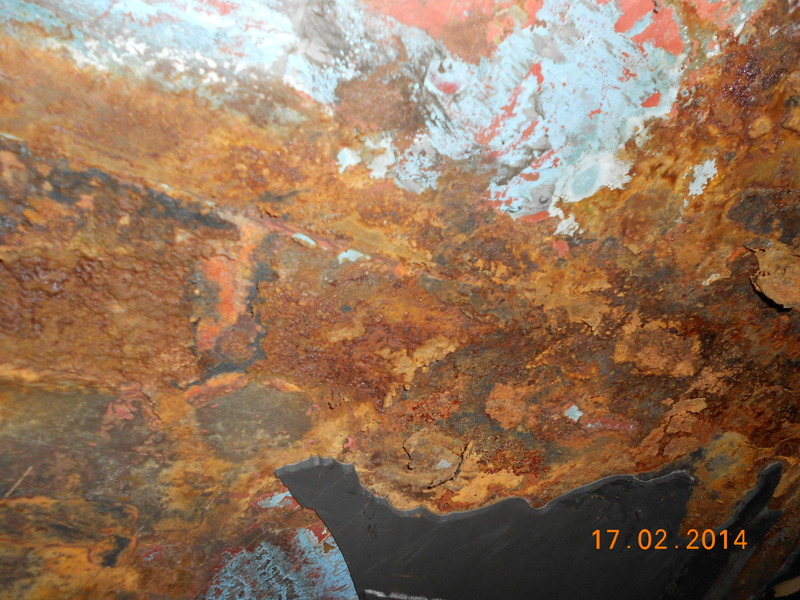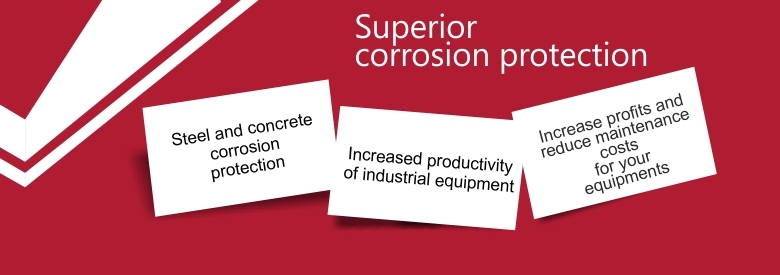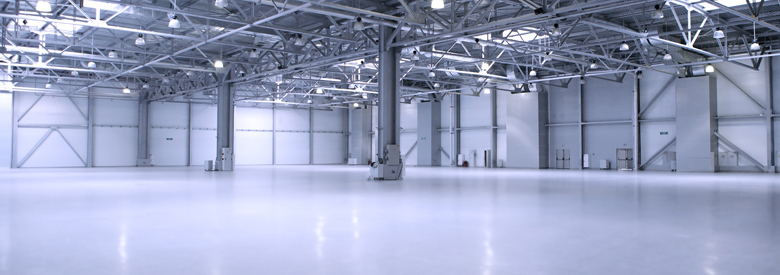Accidents caused by corrosion. Find out the reasons!

(surface covered by corrosion)
We have learned from this article about the economic impact and effects of corrosion, also that this phenomenon can mean a change in the social perspective. In the absence of preventive behavior in the industrial sector, the risk of accident increases with the working period of the equipment.
The European Union released a report on accidents occurred in some oil refineries Corrosion-Related Accidents in Petroleum Rafineries. In it, we find a series of accidents that took to the lack of corrosion prevention measures.
At the end of the investigations, we find the following things:
Inspections hardly took place at all
“Corrosion is caused at a place that is not visible and is not noticed. On the other hand, it can be prevented by careful watch. Defects in facility management resulting from insufficient information gathering or safety consciousness are considered to be the cause. External corrosion had already become a problem in oil refineries and petrochemical companies in 1990, the time of the accident. This company left it for ten years after a check in 1980. That is, sufficient maintenance was not performed on external corrosion.” [Case 28]
Inspections were not adequately thorough to detect areas of weakness or accelerated deterioration
“The cause was not a welding defect, but a late‐generated base material crack. This crack grew with a long‐term use or the change of temperature and pressure at turn‐around shutdowns/start‐ups, etc. Although the base material conformed to the standard, the Charpy impact value was partly low. Breaking strength fell due to the above factor. The Dye Penetrant Test was carried out on the whole weld line until the internal overhaul inspection at a turnaround shutdown in 1971. However, for nine years until the accident, as inspection was partial, the crack was not found …
Corrosion and cracks must always be checked. A fundamental factor is a long‐term use and omission of inspection. However, annual execution of the whole inspection is difficult, considering time and expense of drawing off and re‐loading a lot of catalysts. At least, sufficient inspection every several years would be required.” [Case 14]
Inspection intervals were not planned in conformance with accepted criteria
“The intervals between internal inspections have to be defined based on the estimated corrosion velocity. This is a general principle that can be found in de API 653 standard "Tank Inspection, Repair, Alteration and Reconstruction". Normally the corrosion velocity of the bottom plates is the most important one. In the case of major local corrosion, it will be this higher, local corrosion velocity which is determinative for the inspection interval.” [Case 77]
“Accidents at fuel oil desulphurization units occur very frequently. One of the causes is the presence of a corrosive material. This unit should be inspected with top priority in a refinery.” [EX056]
An inspection frequency was recommended in line with existing standards; the recommendation was ignored
“The design and implementation of the … tank inspection program was inadequate. [The] plan was to inspect its tanks at intervals prescribed by American Petroleum Institute (API) Standard 6539 (i.e., every 5 years for external inspections and 10 years for internal inspections). However, API 653 notes that inspection frequencies must be modified based on the corrosivity of the stored material. [Company] inspectors recommended revised frequencies, but the inspections did not occur.” [Case 67]
In conclusion, regular inspections are important for maintaining equipment efficiency and to avoid accidents. We recommend applying corrosion and anti-abrasion protection systems to neutralize the aggressive chemicals used in industrial processes. Such measures will help avoid incidents and significantly reduce maintenance costs.
If you have questions about corrosion and anti-abrasion protection systems, here are our contact details. Products are tailored by industry and environmental conditions.
Source: http://publications.jrc.ec.europa.eu/repository/bitstream/JRC84661/lbna26331enn.pdf













